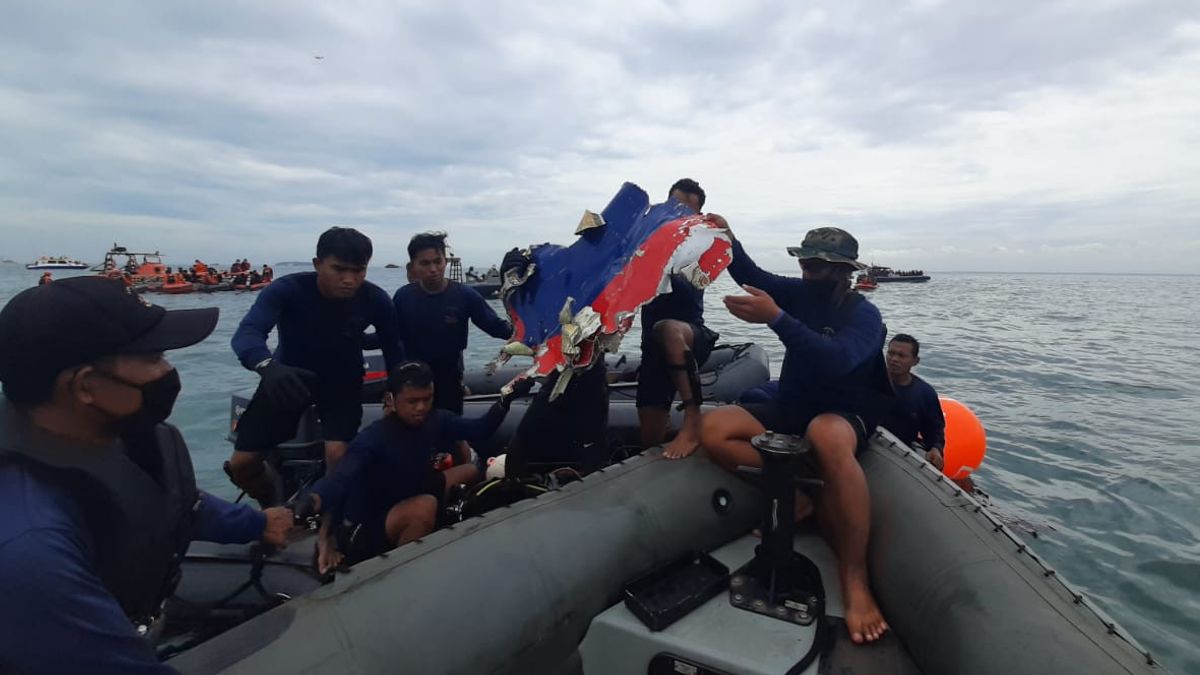JAKARTA - The Sriwijaya Air SJ 182 plane crashed in the waters around Male Island and Lancang Island, Seribu Islands. Flightradar data shows that the aircraft stalled before taking a sharp dive. What is an aircraft stall condition?
Deborah Balter, in the book Aeronautical Dictionary explains stall as one of flight malfunctions. Stall prone to occur early in the departure: starting from takeoff, gaining altitude, to maneuvering - usually turning.
The book also explains that a stall can be triggered by two things. First, because of the difference in the angle between the airplane wings and the wind flow. This difference is called the Angle of Attack.
Stall prone occurs when the Angle of Attack is too large, usually exceeding 15 degrees. In this case, in principle the aircraft is specially designed to be able to fly even at a speed of 280 kilometers per hour.
This is possible because the aircraft's wings have the ability to turn the air down. That's what makes the fuselage lift.
However, there are conditions. This physical function can only occur if air flows to the rear of the wing surface. To put it simply, an airplane is climbing too fast when stall conditions occur.
Apart from physical malfunctions, a stall can also occur if the liquid in the plane's gas pipe gets stuck. This condition is called vapor lock.
Conditions that have been trainedIn general, a stall is a condition that is often part of pilot training. Guidelines for Stall and Spin Accidents quoted by Kompas.tv, Sunday, January 10, explained that stall conditions are an important part of pilot training.
In fact, in training, pilots are required to stall on purpose to train their ability to handle them in real conditions. In the Angle of Attack scenario, a number of signs are described that can be seen as indications.
First, the eddies on the upper surface of the wings. Another sign is the pounding or shaking of the aircraft. Technologically, the aircraft has a warning system to anticipate this condition. In this condition the pilot is required to lower the nose of the aircraft.
If the angle of the wing continues to widen, the entire wing will begin to rotate and lose its function. This condition will make the plane tilt forward until it falls.
Stall does not always occur on both sides of the plane, but also only on one wing of the plane. This is common when an airplane warps. In that condition the whole plane can fall like a rock.
In this condition, the expertise and experience of a pilot is needed. As long as the altitude is sufficient, the pilot can control the aircraft to restore flying conditions.
The AOPA Air Safety Institute recorded the percentage of stalls in commercial flights at 5 percent during 2000 to 2015.
However, this article is created as an illustration of a general insight. The Sriwijaya Air SJ 182 plane stall condition mentioned was still an allegation referring to Flightradar flight data. Official statements of authority are still needed as a clearer reference.
The English, Chinese, Japanese, Arabic, and French versions are automatically generated by the AI. So there may still be inaccuracies in translating, please always see Indonesian as our main language. (system supported by DigitalSiber.id)












